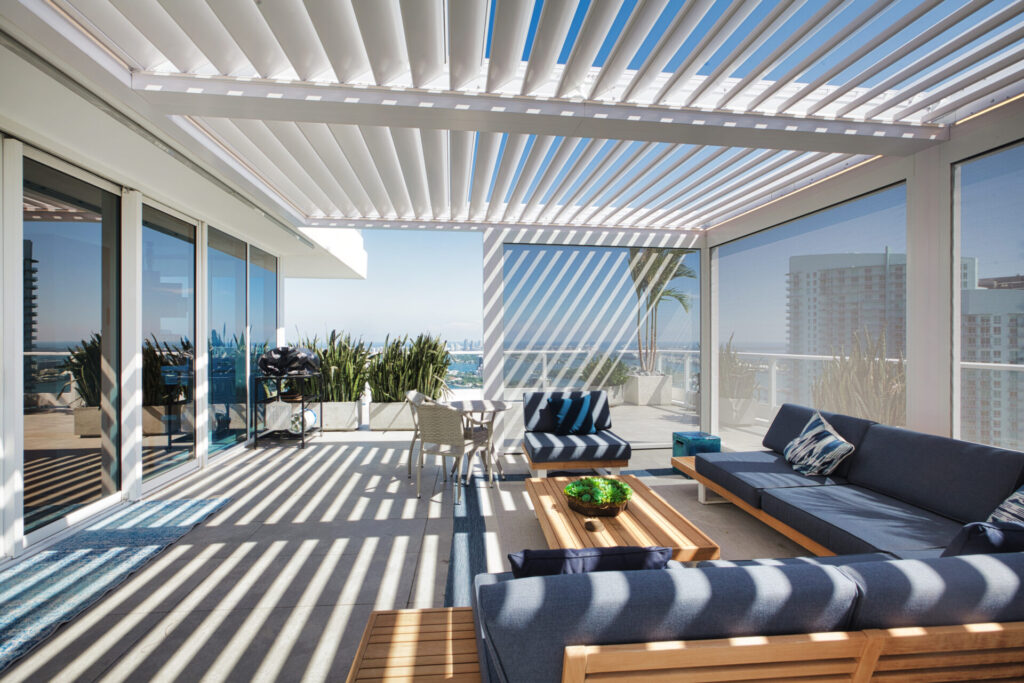
Pergolas have become an important part of outdoor design, offering shade, style and structure to patios, decks and gardens. Their open-roof form invites light and air while defining outdoor spaces with elegance. But as visually appealing as pergolas are, their structural integrity depends on one crucial factor: anchoring. With proper anchoring, even the most beautifully crafted pergola can quickly become unstable, unsafe and short-lived.
Why Anchoring is Essential
Whether you’re installing a freestanding pergola in a breezy backyard or attaching one to the wall of your home, anchoring is vital. It keeps the pergola secure in adverse weather, prevents shifting due to the ground movement, and also ensures that the structure has long-term stability. From lightweight aluminum to dense wooden or steel frames, every material type demands appropriate anchoring tailored to its weight and environmental exposure.
Understanding Material and Design Requirements
Each pergola has different stability needs. An aluminum pergola is corrosion-resistant and modern in appearance, but they are relatively light and susceptible to wind, making it suitable for secure ground anchoring.
Wooden pergolas are heavier and can swell or shrink due to moisture and temperature changes – anchoring helps reduce stress and movement. Steel pergolas, though sturdy, still require solid foundations to avoid gradual shifting or settling, especially on unstable soil.
When Anchoring Becomes Critical
Freestanding pergolas, exposed to wind and open environments, absolutely require ground anchoring. Attached pergolas may gain some support from adjacent walls but still need reinforcement to stabilize unsupported posts.
Local building codes often mandate anchoring for pergolas, especially those over a certain size or installed in wind-prone areas. Ignoring these regulations can lead to costly penalties or the removal of the structure altogether.
Design Options for Pergolas
When purchasing pergolas, it’s important to check for a reliable source like Azenco Outdoor. At Azenco, you can choose diverse types of pergola designs, from motorized to manual. These include:
- R-BLADE™ Motorized Pergola: Bespoke outdoor living space featuring automated, adjustable aluminum louvers and integrated drainage.
- K-BANA™ Manual Pergola: Premium, robust aluminum design with manually controlled louvers and seamless gutter integration.
- R-BREEZE™ Fixed Louvered Pergola: Architecturally versatile with fixed aluminum slats for refined residential and commercial spaces.
Anchoring Methods That Work
There are several anchoring techniques suited to diverse situations:
- Concrete footings offer top stability only when you embed posts into the poured concrete. It’s a must for heavy structures or wind-exposed areas.
- Metal post anchors and brackets are also suitable for decks or patios, attaching posts securely to hard surfaces without deep digging.
- Ground anchors are useful for softer soils, providing firm support with easier installation and removal.
- Weighted planters may suffice for smaller pergolas or renters who need non-invasive solutions. But keep in mind that they offer less security in severe weather.
Making the Right Choice
Before selecting an anchoring method, you should consider your ground type, pergola material, and exposure to wind and weather. Complying with local building codes and consulting a professional installer will ensure safety and structural integrity.
Azenco Outdoor’s R-BLADE™ pergola stands as the outdoor construction benchmark, offering superior performance and regulatory security unlike DIY alternatives. Its Miami Dade NOA compliance underscores its ability to endure harsh conditions.













